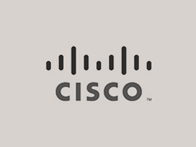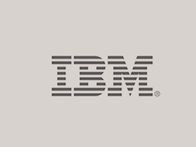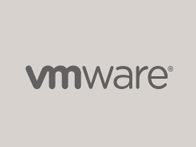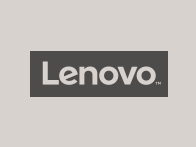Consolidation and optimization
Virtualization is a way to optimize your entire infrastructure effectively. It covers all areas of information technology and most components of today's data centre.
It allows you to consolidate and optimize resources and significantly reduce operating and investment costs in various ICT areas.
Benefits of virtualization solutions
- more efficient use of computing resources by hardware consolidation,
- flexibility of resource management (dynamic allocation, removal of resources),
- energy and cooling savings,
- centralized administration,
- simplification of migration and backup-restore processes, disaster recovery,
- higher availability of services.
Possibility for every company
The use of virtualization tools has become standard for large enterprises, but the benefits of deploying virtualization solutions are also appreciated by small and medium-sized enterprises (SMEs).
Our company will acquaint you with the possibilities of individual platforms, evaluate the benefits of use in your company, and develop a solution proposal.












